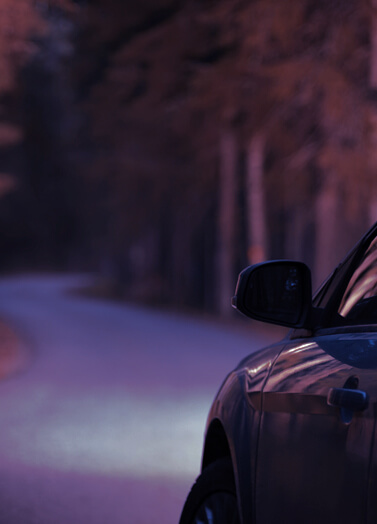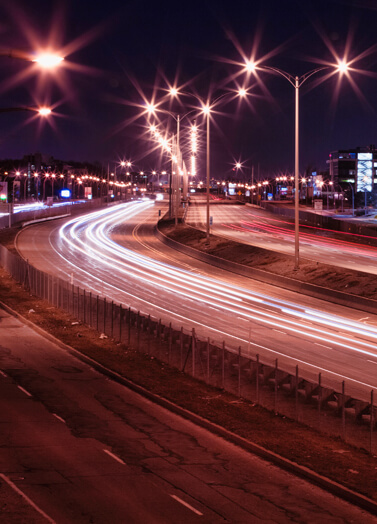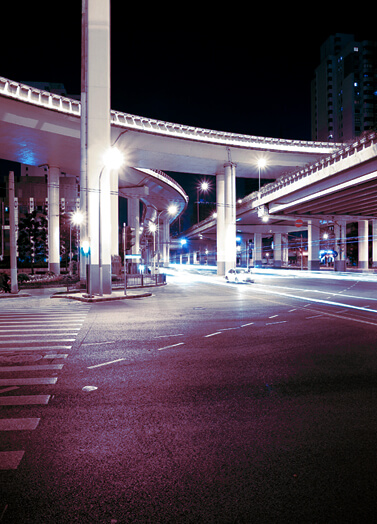Three different routes lie ahead of you.
Each route has its challenges to getting everyone home safely.
Which route will you take?
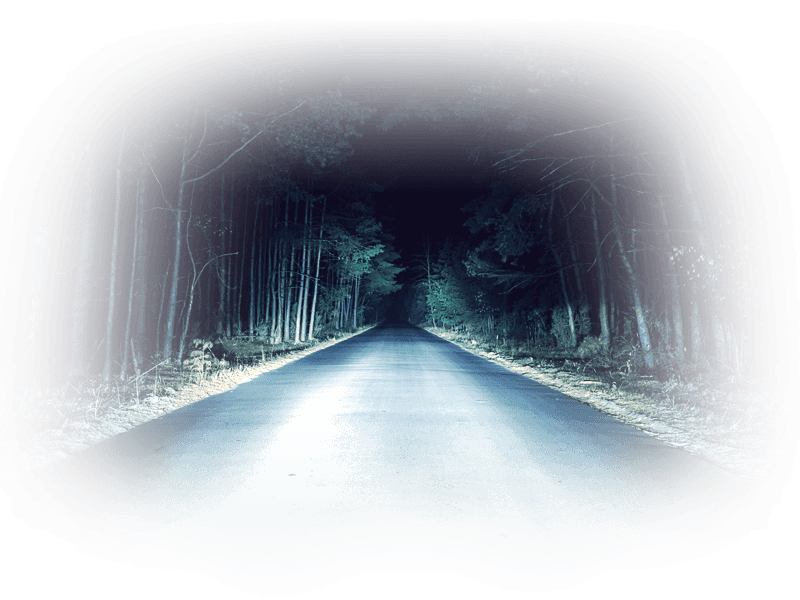
 The
The
Back Roads
You’re about half way home when you start to notice some flashing lights from a police car behind you. There’s no way those lights could be for you though? You know you’ve been driving super carefully, in fact you drove 20 km under the speed limit the entire way! Turns out the officer noticed your slow driving and the fact that you couldn’t stay in your lane. You take a deep breath as the officer asks you to step out of the car.
Impaired driving comes at a price. Find out what driving high may cost you - both financially and personally - in the short and long term.
The
Highway
You’re almost home. You’ve got music playing and the AC blasting to keep everyone awake and alert. You notice the highway exit towards home is fast-approaching, so without looking, you begin to merge into the lane to your right. Before you know it, your car is colliding with the pick-up truck next to you.
Crashes are scary, regardless of the outcome. When you drive after using cannabis, it doubles your risk for collision. Accelerate your knowledge about collision rates and risks when driving high.
Impaired driving comes at a price. Find out what driving high may cost you- both financially and personally - in the short and long term.
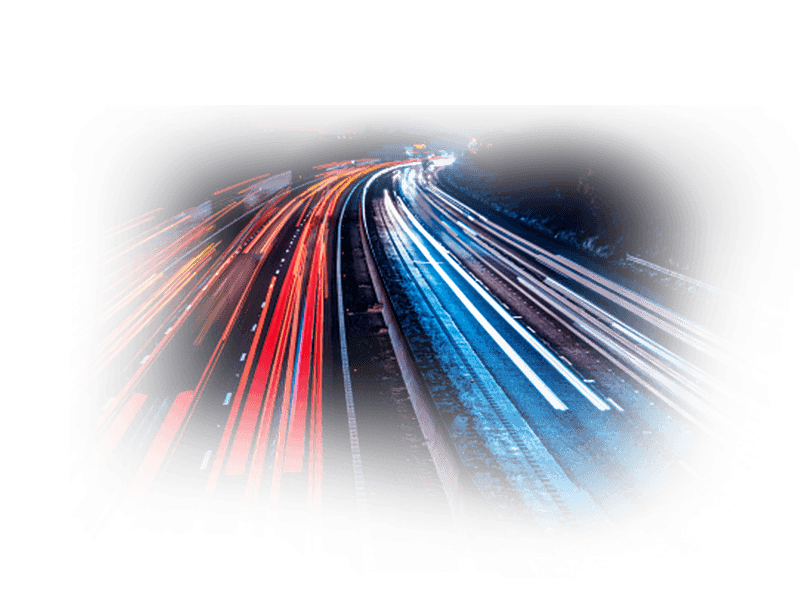
 The
The
City Centre
As you pass by a tightly packed restaurant at the busiest intersection on your route home, you become distracted by how hungry you are. In fact, you’re so distracted that you don’t notice two young people stumbling out of the restaurant and onto the road. Thankfully, your friend in the passenger seat noticed just in time for you to swerve out of the way – but not before hitting the curb and denting the front bumper of the car.
Denting your bumper would be the best-case scenario in situations like this. While the result was only damage to your vehicle, the outcomes could be more substantial. Accelerate your knowledge about collision rates and risks when driving high.
Impaired driving comes at a price. Find out what driving high may cost you - both financially and personally - in the short and long term.
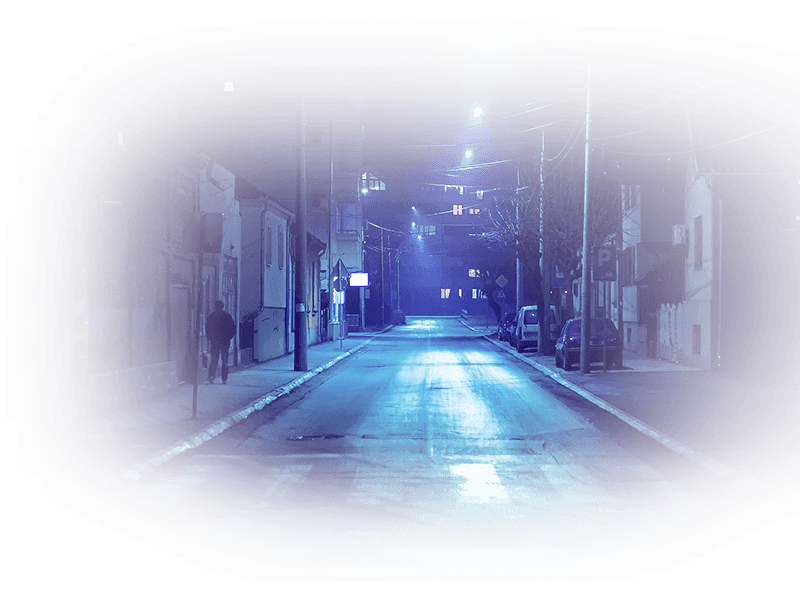
Collision rates and risks
a month
Road Trip Tip #6: Cannabis collisions are a reality we can avoid. While we may not hear much about cannabis-related collisions on the news, they do occur. Cannabis collisions can result in serious injuries and fatalities. It’s safer if you don’t use cannabis.
Collision rates and risks
a month
Road Trip Tip #7: Damaging your vehicle is just half the story. Driving high can increase the risk of collision, especially if you've mixed cannabis with alcohol or other drugs. When cannabis and driving collide, the risks can be greater than you think. It's safer if you don't use cannabis.
Road Trip Tip #4: Police officers can tell if you're driving high. If you are pulled over for driving impaired, police officers can test your physical coordination, attention, saliva and blood or urine to determine if you are impaired and by which drug or drugs. Avoid the consequences. It's safer if you don't use cannabis.
Pulled Over
Arrest
- Licence Suspension
- Vehicle Impoundment
- Fines & Fees
Criminal Charge
Standard Field Sobriety Test (SFST)
A set of tests conducted at the roadside by a police officer to assess the driver for impairment. Officers will watch your eye movement, your ability to multi-task and perform coordinated movements, as well as observe for any behaviours that indicate impairment.
Oral Fluid Test
Police officers can perform roadside screening tests to check for cannabis and other drugs. To do the test, they collect a small sample of saliva from the driver’s mouth, using a swab or pad.
Drug Recognition Expert (DRE)
A Drug Recognition Expert is a police officer trained to detect and identify drivers under the influence of alcohol or other drugs. After a driver is screened for suspected impairment, a DRE may be called to conduct a 12-step examination to assess whether or not the driver is impaired and identify the category of drug likely responsible for the impairment.
Blood Sample
If an officer arrests a driver for suspected impairment, they can demand that the driver provide a blood or urine sample (blood is more common). The sample is tested for the presence of cannabis and other drugs.



